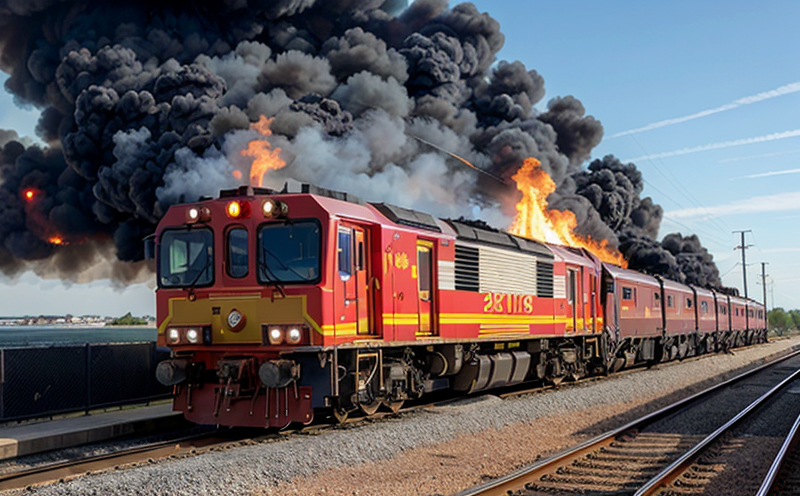Fire Safety Testing of Marine Galley Components
The fire safety testing of marine galley components is a critical aspect of ensuring the safe operation of ships and maritime vessels. As quality managers, compliance officers, R&D engineers, and procurement professionals, it's essential to understand the specific requirements and standards that apply to this sector.
Marine galleys are complex environments with various combustible materials such as cooking appliances, insulation, and textiles. Ensuring these components meet stringent fire safety standards is paramount for preventing fires and protecting crew members and passengers in case of emergencies. The testing process involves a series of rigorous evaluations to ensure that the galley components can withstand high temperatures and flames without spreading or igniting further.
The first step in this testing process is the selection of appropriate specimens, which may include cooktops, ovens, refrigerators, storage cabinets, and other equipment typically found within a marine galley. These specimens are then subjected to controlled environmental conditions that simulate real-world fire scenarios.
One key standard used for these tests is ISO 6947:2018, which provides guidelines for the vertical flame test on textiles intended for use in passenger ships and similar vessels. Another relevant standard is ASTM E672-15, which outlines procedures for determining the flammability of materials by measuring the rate at which they burn.
| Standard | Description |
|---|---|
| ISO 6947:2018 | Provides guidelines for the vertical flame test on textiles intended for use in passenger ships and similar vessels. |
| ASTM E672-15 | Outlines procedures for determining the flammability of materials by measuring the rate at which they burn. |
The testing process typically involves exposing the selected specimens to controlled fire sources and monitoring their behavior. This includes observing how quickly flames spread, whether or not they melt, drip, or emit toxic gases. The results of these tests help determine if the galley components meet the necessary safety requirements.
It's important to note that the testing process is highly regulated, with specific acceptance criteria outlined in various standards. For instance, under ISO 6947:2018, textiles are considered compliant when they pass a specified flame test height and do not emit excessive smoke or toxic fumes. Similarly, ASTM E672-15 sets limits on the flammability rate of materials used in marine galleys.
By adhering to these standards during production and testing phases, manufacturers can ensure that their galley components are safe for use aboard ships and comply with international regulations. This not only enhances passenger safety but also helps prevent potential liabilities for ship operators and owners.
Applied Standards
| Standard | Description |
|---|---|
| ISO 6947:2018 | Provides guidelines for the vertical flame test on textiles intended for use in passenger ships and similar vessels. |
| ASTM E672-15 | Outlines procedures for determining the flammability of materials by measuring the rate at which they burn. |
Industry Applications
- Ensuring compliance with international fire safety standards for shipboard galleys.
- Testing the flammability and flame resistance of materials used in marine galley components.
- Evaluating the performance of cooking appliances, storage cabinets, and other equipment under simulated fire conditions.
Customer Impact and Satisfaction
- Reduces the risk of onboard fires in marine environments.
- Enhances passenger safety by ensuring that galley components meet strict fire safety standards.
- Improves compliance with international regulations, thereby reducing potential liabilities for ship operators and owners.





